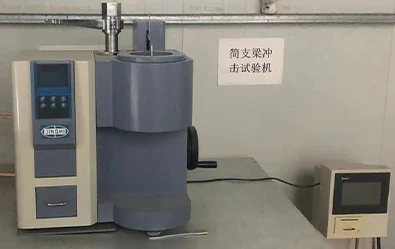loading...
- No. 9, Xingyuan South Street, Dongwaihuan Road, Zaoqiang County, Hengshui, Hebei, China
- admin@zjcomposites.com
- +86 15097380338
- Welcome to visit our website!
water treatment
Water Treatment Ensuring Clean and Safe Water for All
Water is essential for life, and it plays a crucial role in maintaining the health and well-being of individuals and communities. However, as the global population continues to grow, the demand for clean and safe water has never been more pressing. Water treatment is a vital process that ensures the water we use is free from contaminants and safe for consumption and use. This article will explore the importance of water treatment, the processes involved, and the challenges faced in achieving clean water for everyone.
The Importance of Water Treatment
Water treatment is critical for several reasons. Firstly, untreated water can contain harmful microorganisms, chemicals, and pollutants that pose significant health risks. According to the World Health Organization (WHO), contaminated drinking water causes over 500,000 deaths annually due to waterborne diseases such as cholera, dysentery, and typhoid. The treatment process removes these harmful substances, ensuring that water is safe for human consumption.
Secondly, water treatment is essential for preserving the environment. Industrial discharges and agricultural runoff can introduce contaminants into natural water sources. If left untreated, these pollutants can harm aquatic ecosystems, disrupt biodiversity, and affect the quality of water available for all living organisms. Through effective water treatment processes, we can minimize environmental damage and promote sustainable water use.
The Water Treatment Process
The water treatment process typically involves several stages, including coagulation, sedimentation, filtration, and disinfection.
1. Coagulation The process begins with coagulation, where chemicals called coagulants are added to the water. These chemicals help to bind small particles together, forming larger aggregates known as flocs.
2. Sedimentation After coagulation, the water is allowed to sit in a sedimentation tank, where the heavy flocs settle to the bottom, creating a layer of sludge. This separation process reduces the number of contaminants in the water.
water treatment

3. Filtration The next step is filtration, where the water passes through various filters, removing any remaining particles and impurities. Filters can be made from sand, gravel, or charcoal, and they play an essential role in purifying the water.
4. Disinfection Finally, disinfection is carried out to eliminate any remaining pathogens. Common disinfection methods include chlorination, ultraviolet (UV) light treatment, and ozonation. This step is crucial for ensuring that the water is safe to drink.
Challenges in Water Treatment
Despite the advancements in water treatment technologies, significant challenges remain. One of the main obstacles is the aging infrastructure in many regions, which can lead to leaks and contamination of treated water. Upgrading and maintaining water treatment facilities is essential to providing reliable access to clean water.
Another challenge is the increasing pollution from agricultural runoff and industrial activities. Emerging contaminants, such as pharmaceuticals and microplastics, require advanced treatment technologies that are not yet widely implemented. Research and innovation are needed to develop effective solutions to tackle these new threats to water quality.
Furthermore, climate change poses a significant risk to water availability and quality. Extreme weather events, such as floods and droughts, can disrupt water supply systems and increase contamination risks. As climate patterns shift, adapting water treatment processes to manage these challenges becomes increasingly important.
Conclusion
Water treatment is a fundamental component of public health and environmental sustainability. As we face growing challenges related to water quality and access, it is crucial to invest in effective treatment technologies and infrastructure. By prioritizing clean water initiatives and fostering community awareness about the importance of water treatment, we can work towards a future where all individuals have access to safe, clean water. In doing so, we enhance health outcomes, protect ecosystems, and ensure a more sustainable planet for generations to come.
-
The Rise of FRP Profiles: Strong, Lightweight, and Built to LastNewsJul.14,2025
-
SMC Panel Tanks: A Modern Water Storage Solution for All EnvironmentsNewsJul.14,2025
-
GRP Grating: A Modern Solution for Safe and Durable Access SystemsNewsJul.14,2025
-
Galvanized Steel Water Tanks: Durable, Reliable, and Ready for UseNewsJul.14,2025
-
FRP Mini Mesh Grating: The Safer, Smarter Flooring SolutionNewsJul.14,2025
-
Exploring FRP Vessels: Durable Solutions for Modern Fluid HandlingNewsJul.14,2025
-
GRP Structures: The Future of Lightweight, High-Performance EngineeringNewsJun.20,2025
